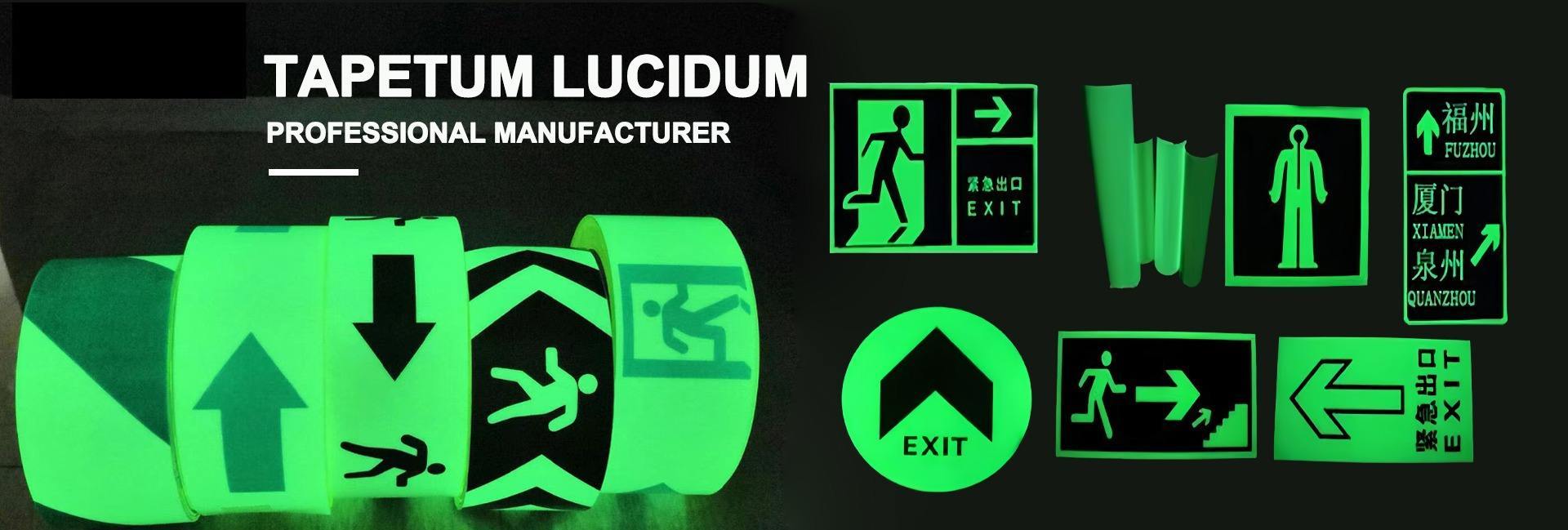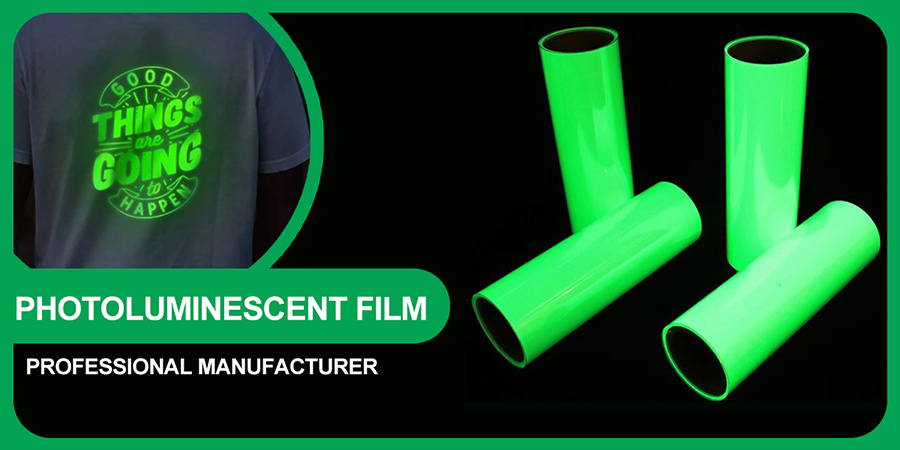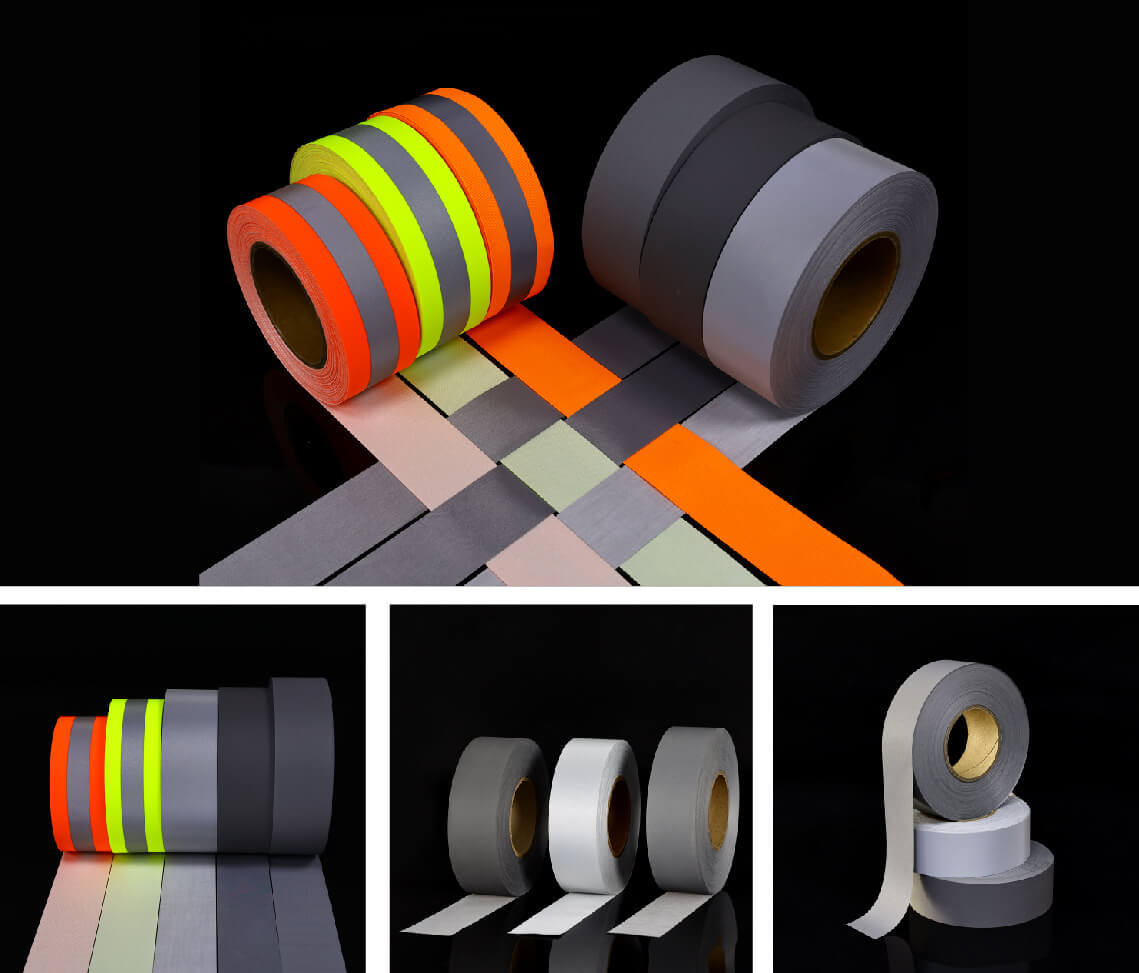How to Customize Your Ideal Luminous Film Pattern
2025-03-21
Ysmlite
ysmlite.com

With the widespread application of luminous materials in safety signs, advertising, interior decoration and other fields, customizing high-quality photoluminescent film patterns has become an important means for major manufacturers to enhance product competitiveness.
Preliminary research and demand analysis
Market research and application scenarios
- Target market and application scenarios
- Outdoor advertising: The luminous film is required to have a luminous brightness of at least 20cd/m² in a dim environment, with rich colors and UV resistance ≥95%.
- Indoor safety guidelines: It is necessary to ensure that the brightness is not less than 15cd/m² within the first 5 minutes after a power outage, and the light is uniform to ensure accurate identification when personnel are evacuated.
- Art decoration: Focus on the beauty and creativity of the pattern, require the printing accuracy to be within ±0.1mm, and have high detail expression.
- User demand survey data
- According to the survey data, more than 70% of customers require that the luminous film pattern can still maintain more than 80% luminous efficiency after long-term use (>3000 hours).
- 90% of customers pay attention to the environmental protection of the product and require that the heavy metal content in the ink is less than 0.01% and complies with the RoHS standard.
Material and process parameter evaluation
- Substrate selection
- It is recommended to use PET or PVC material, and the thickness is controlled between 0.2mm~0.35mm to ensure flexibility and durability.
- It is recommended to perform nano-level coating treatment on the surface of the substrate, and the coating thickness is generally 2~5 microns to enhance the adhesion and weather resistance of the ink.
- Luminous effect parameters
- The particle size of the luminous material is controlled between 5~15 microns, the night luminous time is more than 8 hours, and the reflectivity is required to be not less than 85% when absorbing light.
- Color reproduction requires the use of CMYK four-tone, and the color deviation does not exceed ΔE<2.
Process planning and data recording
- Production data collection
- It is recommended to record parameters such as temperature, humidity, ink batch, curing time, cutting accuracy, etc. for each batch of production to form a traceable data report.
- For example: Under an environment of 25℃ and 45% relative humidity, the UV curing time should be controlled at 12~15 seconds, and the ink thickness is best at around 15μm.

Equipment selection and technical requirements
Printing equipment
- Digital printing machine
- Resolution requirements: at least 1440dpi, and the color control accuracy must reach an error range of ±2%.
- Printing speed: It is recommended to control it at 60~80 square meters/hour to ensure consistent quality during mass production.
- Screen printing equipment
- Screen aperture: It is recommended to use a screen of 80 mesh~120 mesh, which can be flexibly adjusted according to the details of the pattern.
- Ink layer thickness: controlled at 20μm~30μm to ensure that the pattern color is saturated and wear-resistant.
Cutting equipment
- Laser cutting machine
- Accuracy: Positioning accuracy must reach ±0.05mm, suitable for complex patterns and fine line cutting.
- Power setting: It is generally recommended to use 30W~50W laser power, which should be adjusted appropriately according to the thickness of the substrate.
- Die-cutting equipment
- Mold accuracy: It is recommended to use CNC processing, and the accuracy should be controlled within ±0.02mm to ensure consistency during mass production.
Post-processing equipment
- UV curing light box
- Wavelength selection: Usually 365nm~395nm ultraviolet rays are used to ensure rapid curing of ink.
- Curing time: Depending on the type of ink, it is recommended to set 12~15 seconds/layer to ensure the best adhesion effect.
- Cleaning equipment
- Ultrasonic cleaning frequency: It is recommended to set it at 40kHz to effectively remove dust and oil stains on the surface of the equipment and ensure that the cleanliness before and after printing meets the standards.

Detailed process flow and operation steps
Design stage
- File preparation and parameter setting
- Use Adobe Illustrator, CorelDRAW and other software for pattern design to ensure that the file resolution is not less than 300dpi.
- The color mode is converted to CMYK, and the size and layer separation need to be confirmed in advance. The file format is recommended to use AI, EPS or PDF.
- Soft proofing and sample confirmation
- Carry out at least 3 soft proofings, verify the color and details, and communicate with the customer to confirm to ensure that the draft design is consistent with the actual needs.
Printing and preliminary curing
- Equipment calibration and trial printing
- Preheat and calibrate the equipment before production every day, and control the alignment error of the printing head within 0.02mm.
- Trial printing sample data: ink thickness is controlled at 15μm±2μm, and the color contrast error is less than ΔE=1.5.
- Formal printing operation
- Carry out in an environment with a temperature of 24℃±1℃ and a humidity of 45%±5% to ensure that the ink is evenly dried.
- During the continuous printing process, quality sampling is carried out every 20 square meters to check the clarity and luminous effect of the pattern.
Cutting, curing and post-processing
- Precise cutting
- According to the design documents, the pattern is cut by a laser cutting machine. Data monitoring: The cutting speed is recommended to be set at 200mm/s to ensure smooth cutting edges.
- The burrs after cutting are controlled within 0.02mm, and there are no obvious ripples.
- UV curing secondary treatment
- Put the cut product into the UV curing box and set the curing time to 12~15 seconds/layer to ensure that the ink is completely cured.
- After curing, cool it down and the temperature must be controlled at 22℃±2℃ to prevent deformation.
- Quality inspection
- After each batch is completed, 5% of the products are sampled to check the luminous uniformity, pattern details and ink adhesion.
- Data requirements: Product luminous brightness ≥20cd/m², pattern color difference ΔE≤1.5, cutting error ≤±0.05mm.
Precautions in operation
Material and process matching
- Ensure that all inks and substrates meet international environmental standards, the heavy metal content in the ink is less than 0.01%, and the material temperature resistance range is generally between -20℃ and +70℃.
- Different coatings should be used for luminous films in different application scenarios (such as indoor and outdoor) to ensure that the expected effect is achieved in the corresponding environment.
Environmental control and equipment adjustment
- It is recommended that the printing workshop adopt a constant temperature and humidity control system, with the temperature maintained at 24℃±1℃ and the humidity at 45%±5% to reduce the problem of uneven ink drying.
- Regularly calibrate equipment, such as laser cutting machines and UV curing equipment, to ensure that the parameters of each production batch are consistent.
Personnel safety and process protection
- Operators must wear protective glasses, gloves and protective clothing, especially during laser cutting and UV curing. Strictly follow the safety operating procedures.
- Each device is equipped with a safety monitoring system to regularly detect the operating status to ensure that it can be quickly shut down in an emergency.

Maintenance and equipment management
Daily maintenance of equipment
- Cleaning cycle: Clean the outside of the equipment and the operating table every day, and perform a comprehensive cleaning of the printing machine and laser cutting machine after each shift.
- Regular maintenance: Perform internal inspections of the equipment every month, and ask professional technicians to perform comprehensive inspections every quarter to ensure that equipment parts (such as laser tubes, UV lamps, etc.) are working properly.
Process data and parameter recording
- Establish a production database to record the temperature and humidity, ink parameters, curing time and cutting accuracy of each batch.
- Use data analysis software for long-term trend monitoring, find abnormalities and make timely adjustments to ensure continuous and stable product quality.
Spare parts and maintenance management
- It is recommended to reserve common spare parts (such as laser heads, UV lamps, cleaning brushes, etc.) in advance, and the inventory is generally maintained at 5~10 pieces to cope with sudden failures.
- Develop equipment emergency plans to ensure that equipment failures can be responded to within 30 minutes to avoid large-scale production interruptions.
Storage and transportation management
Storage conditions
- Environmental requirements: The product storage environment temperature should be maintained at 18℃~25℃, and the humidity should be controlled at 40%~55%, avoiding direct sunlight and strong wind.
- Packaging requirements: Use anti-static and anti-UV packaging materials, and each product is protected by high-strength foam partitions to reduce the risk of scratches and collisions.
Transportation precautions
- Shockproof packaging: Use multi-layer cushioning packaging during transportation, such as EPE foam, bubble film, etc., to ensure that the vibration and impact of the product during transportation are minimized.
- Logistics identification: The product name, model and precautions should be marked on the outside of each packaging box, such as "handle with care" and "avoid high-temperature stacking", to ensure that the transportation personnel pay attention.
Customizing high-quality glow in the dark film patterns is not only a work that emphasizes both technology and creativity, but also requires strict control of process parameters, equipment performance, production environment and post-maintenance throughout the process. From market research, material selection, pattern design, precision printing and cutting, to UV curing, quality inspection, maintenance and safe transportation, every step requires data support and strict execution. Through a complete production process and scientific data management, it can be ensured that the product still maintains more than 80% luminous efficiency and excellent visual effects after more than 3,000 hours of use.
Related News
How Long Can the Luminous Pigment Powder Glow? How Does It Glow?
2025-04-29
Why Fabrics Are Crucial to Reflective Tape for Clothing Performance
2025-04-25
Reflective Tape for Clothing: The Night Guardian of Safety Workers
2025-04-22





